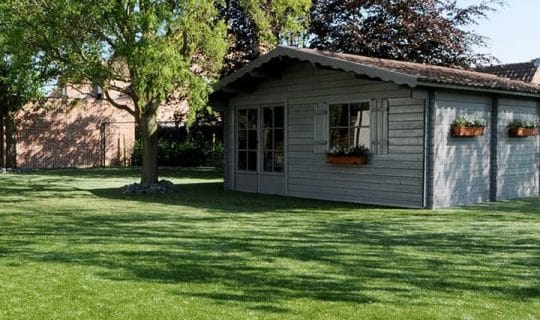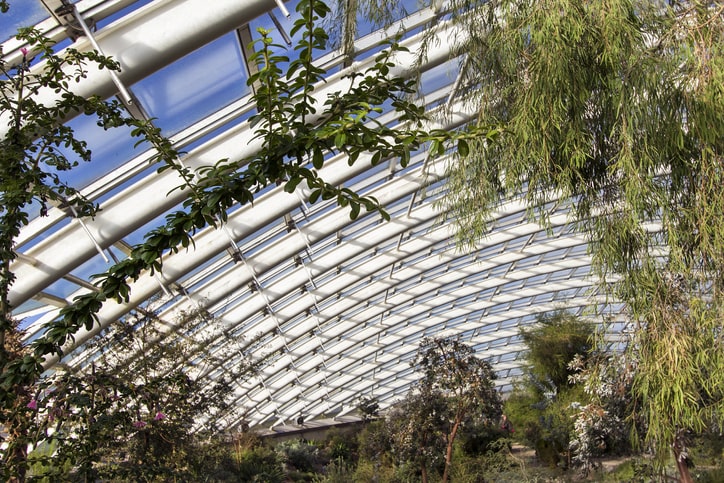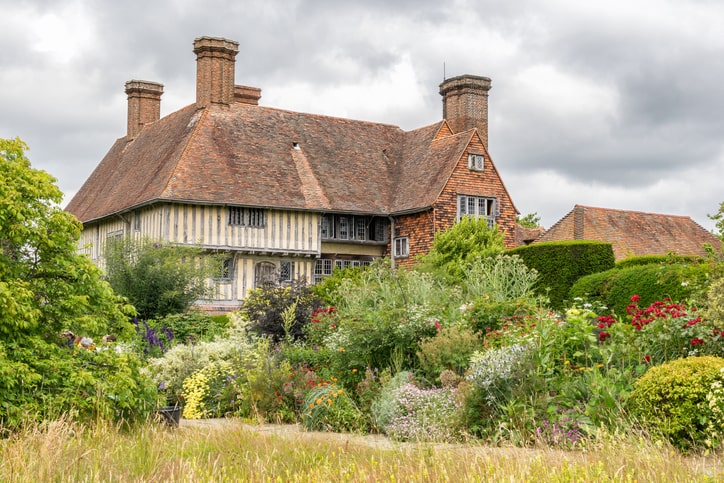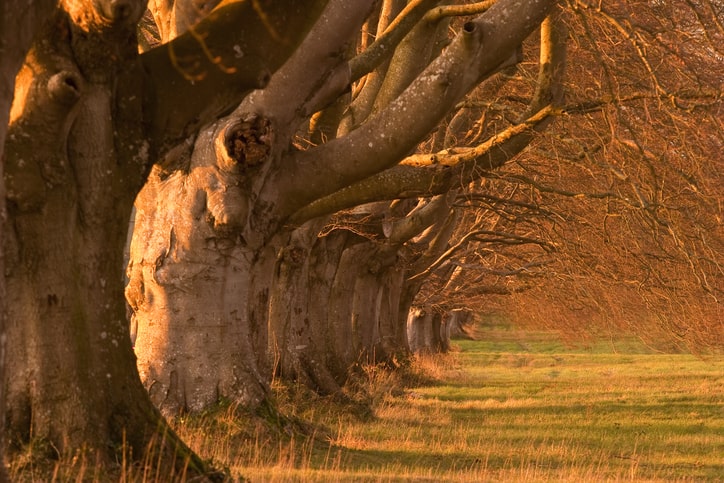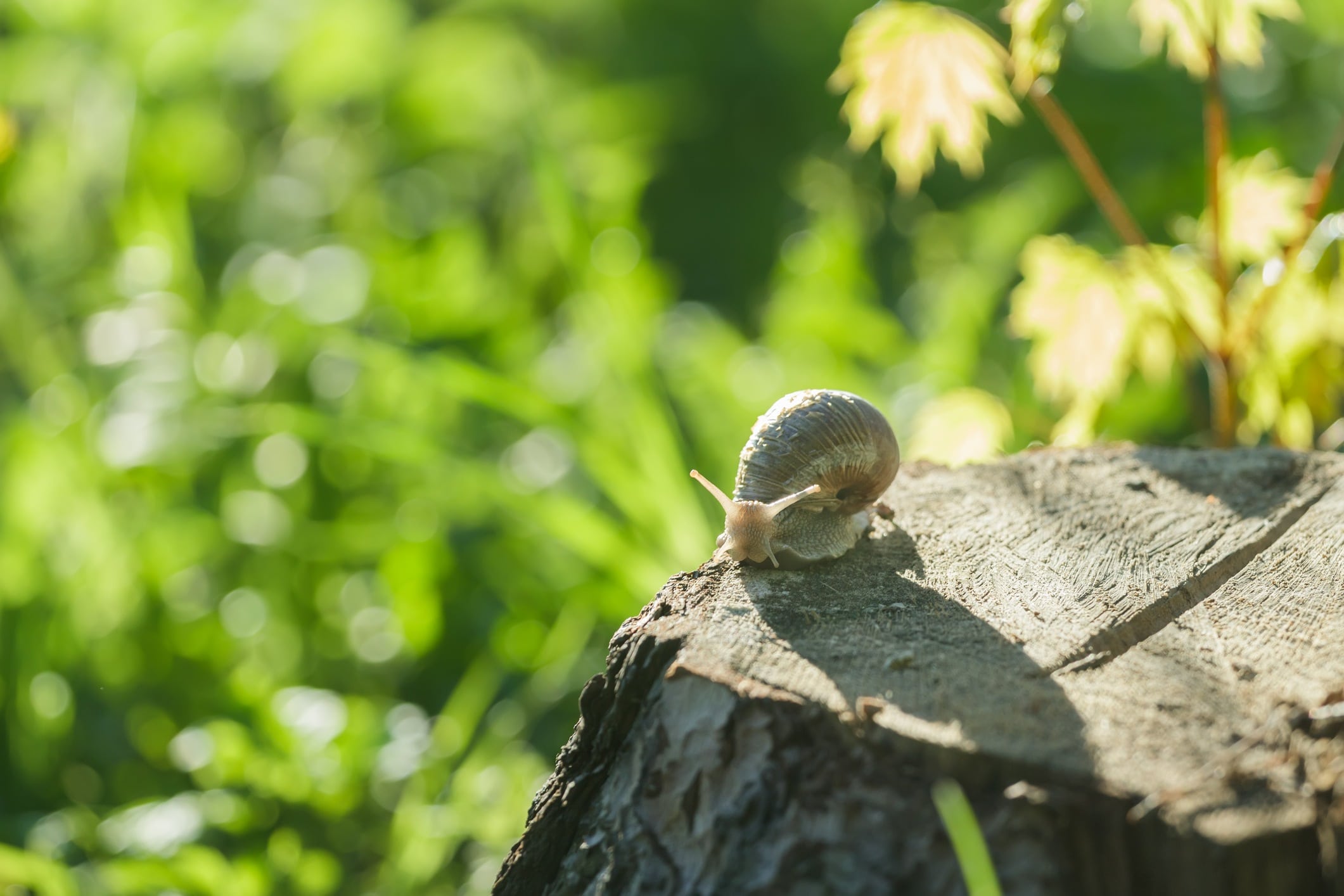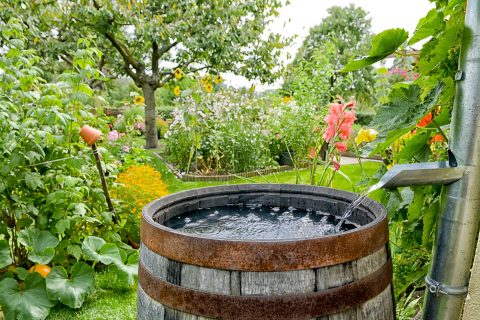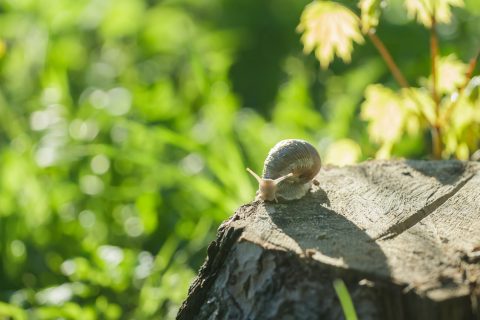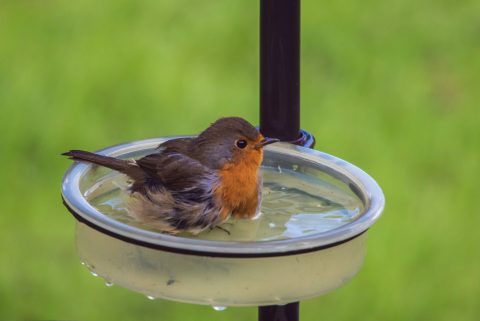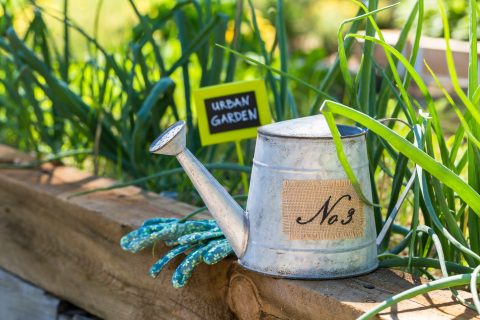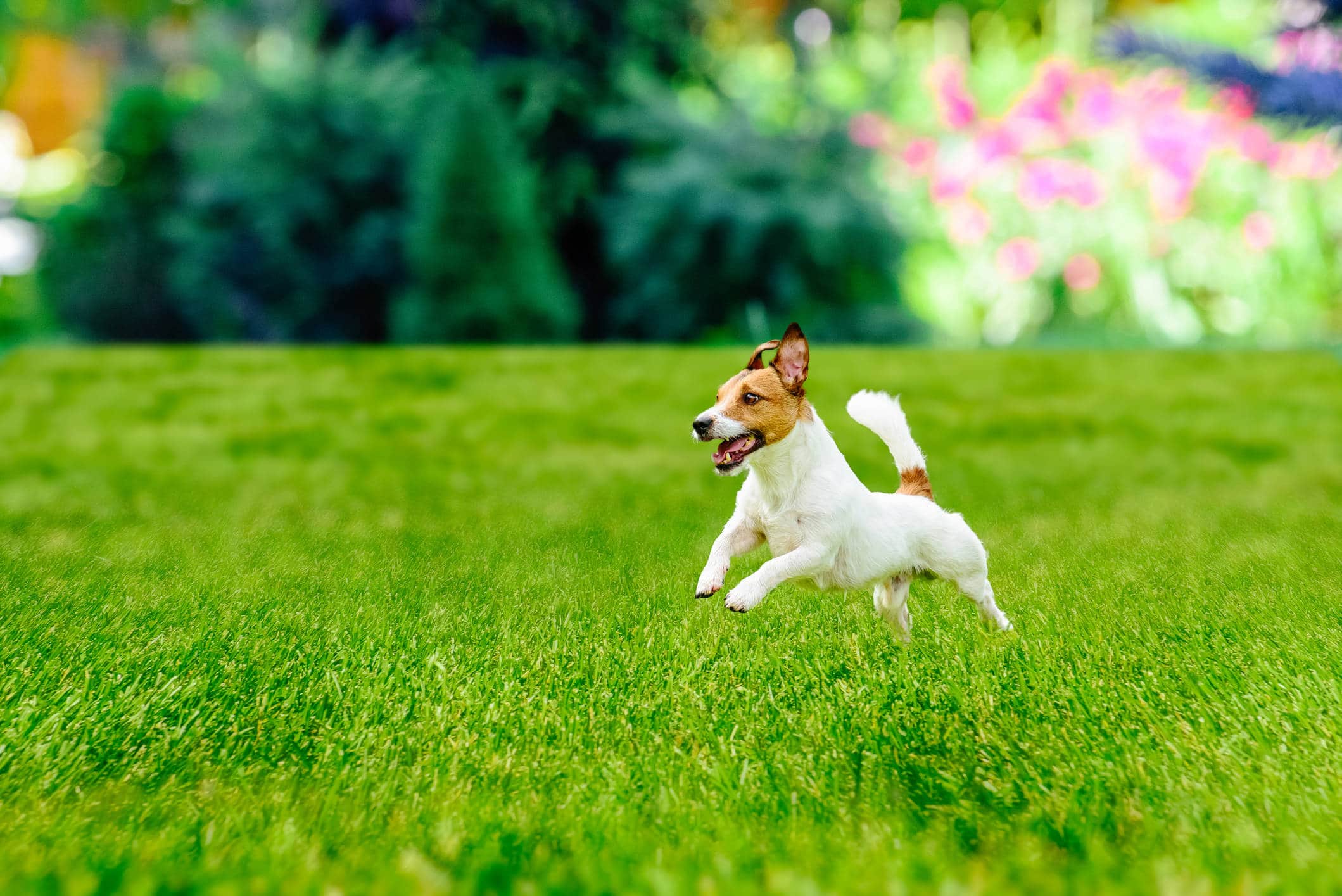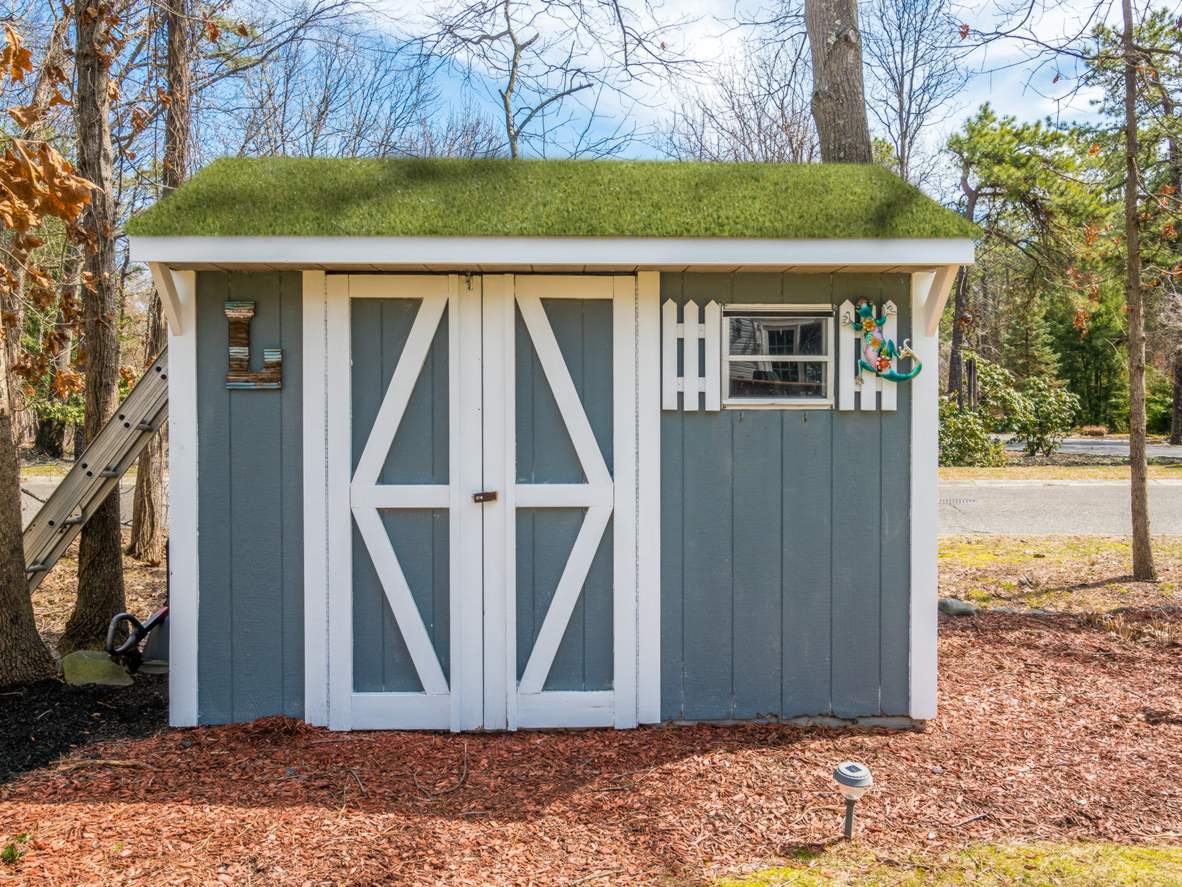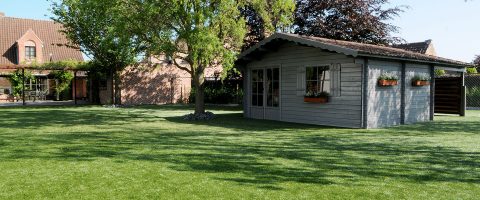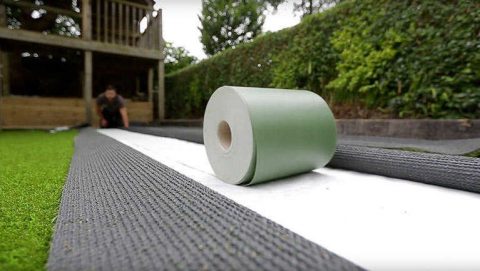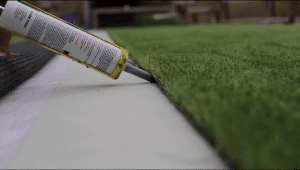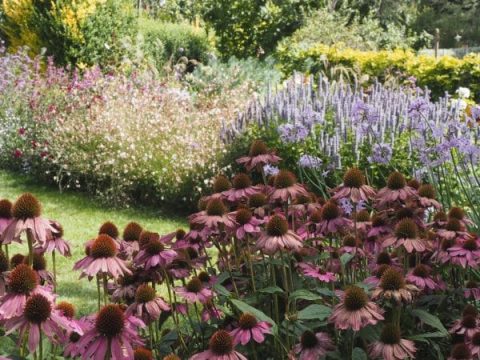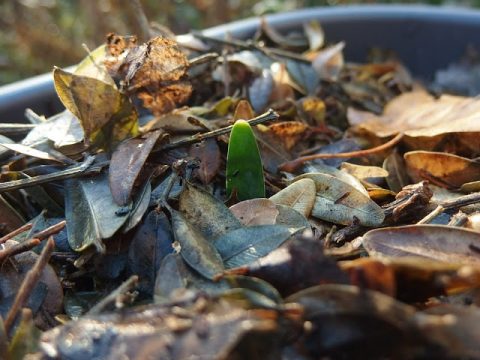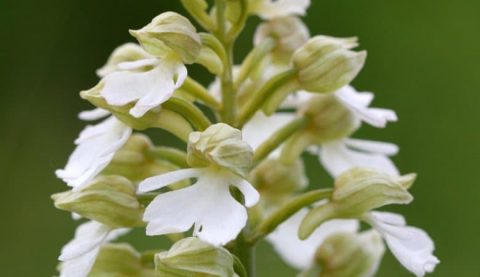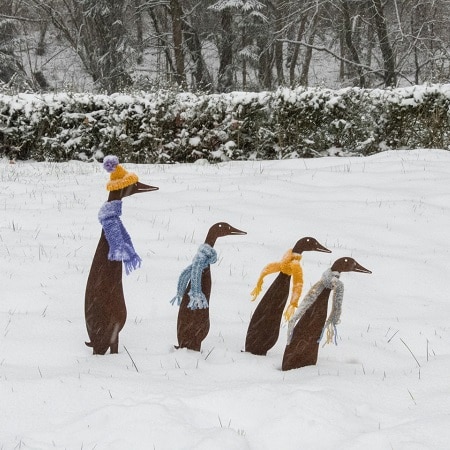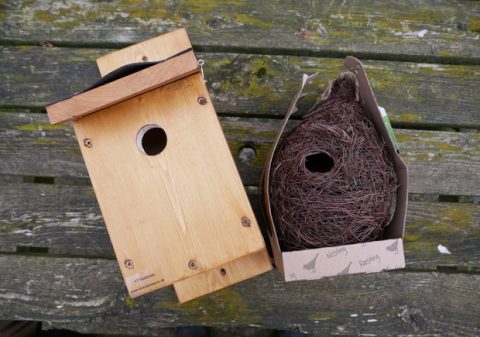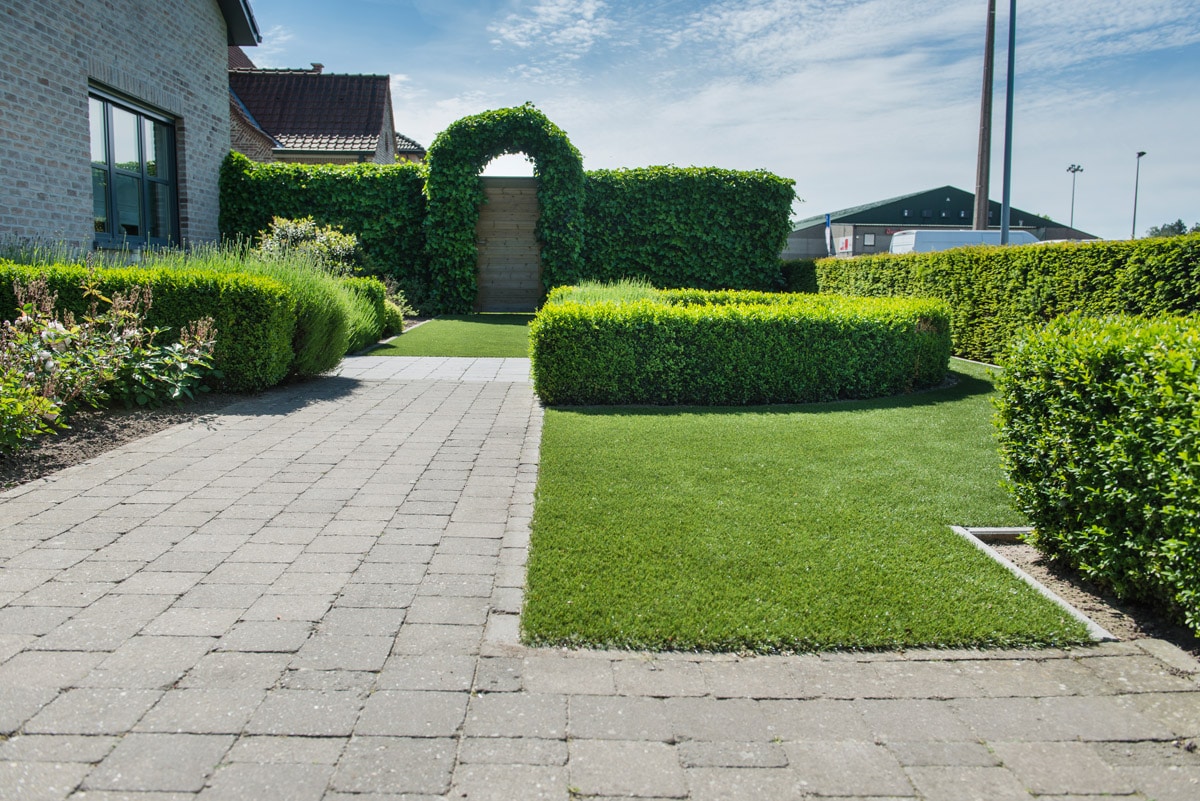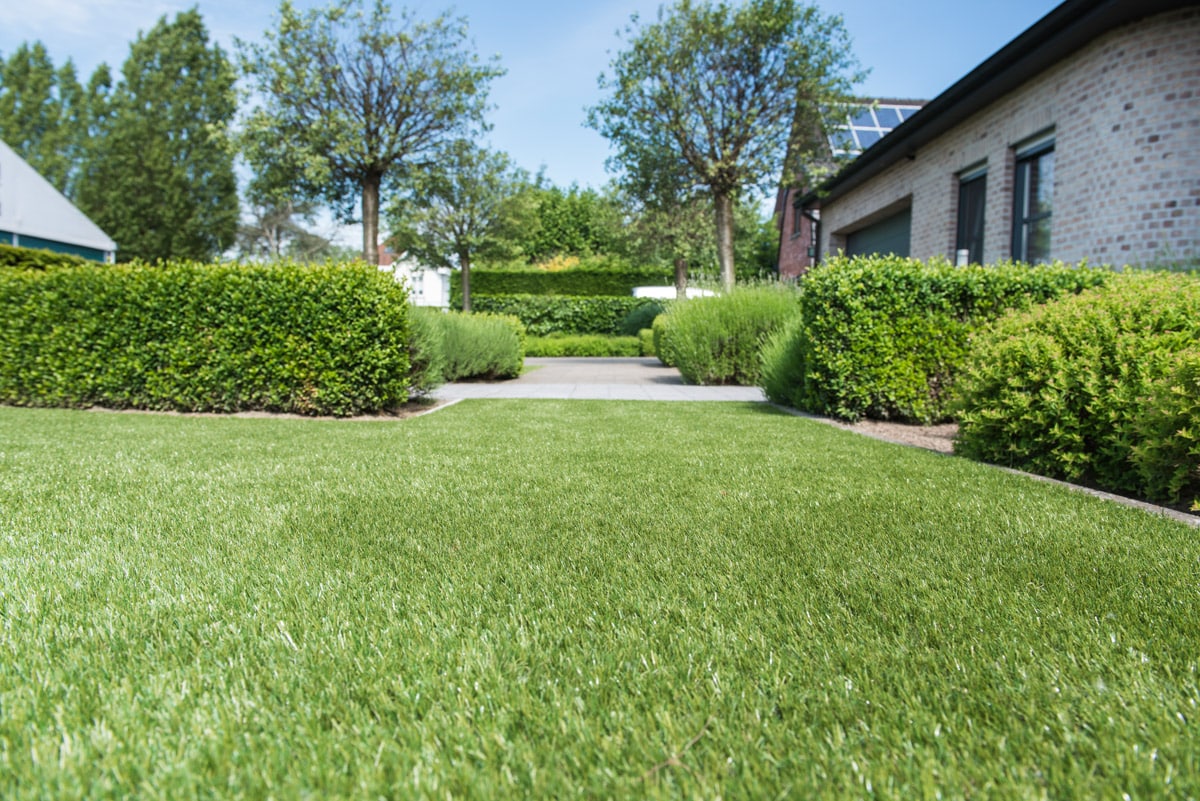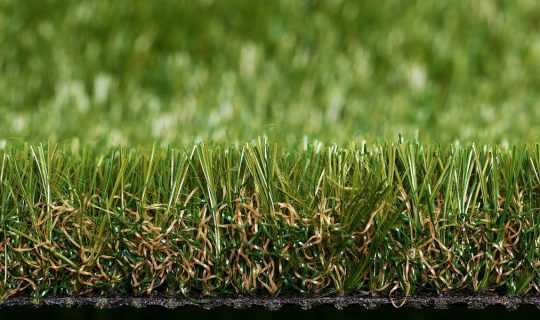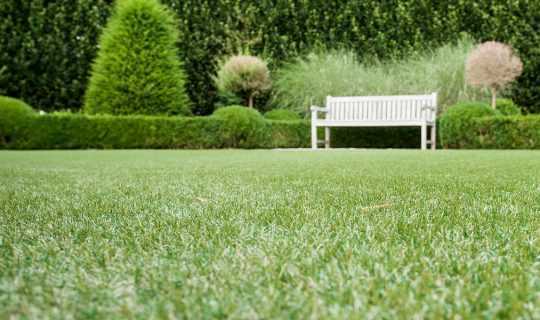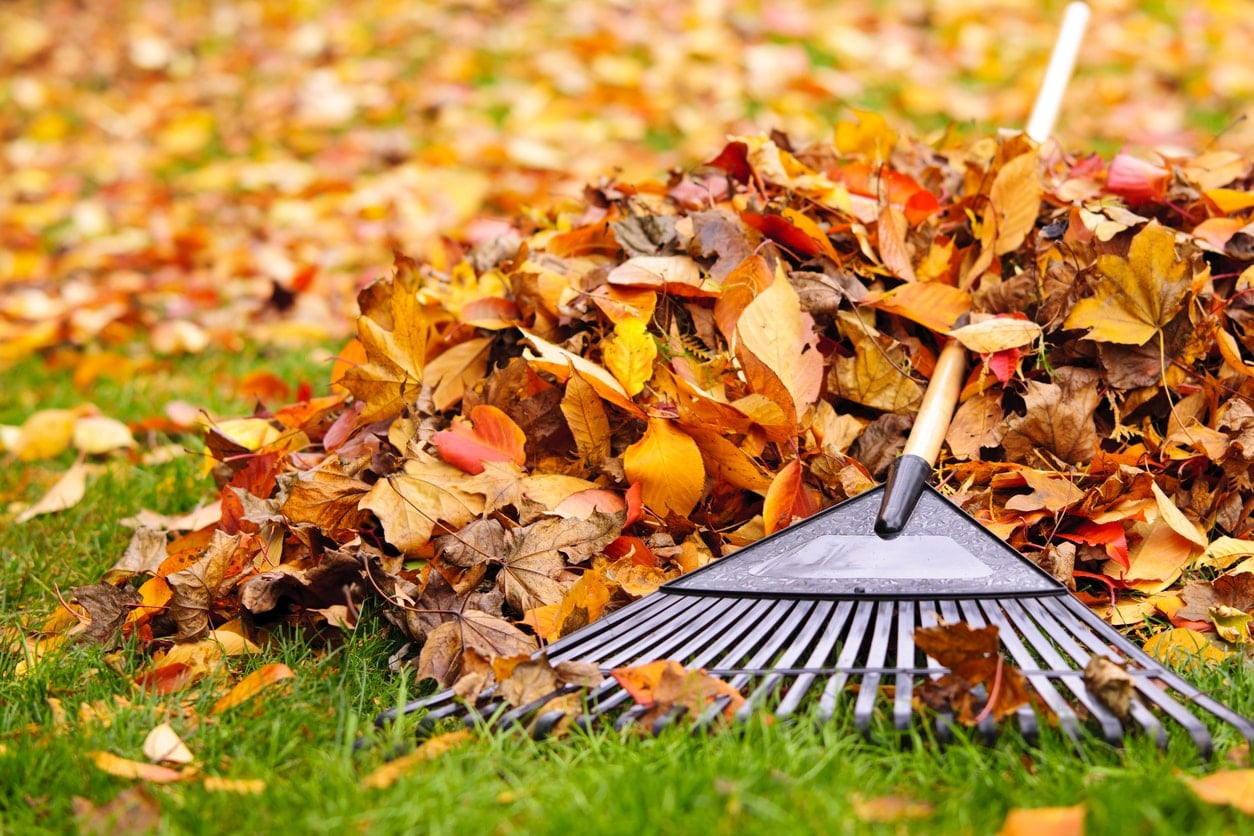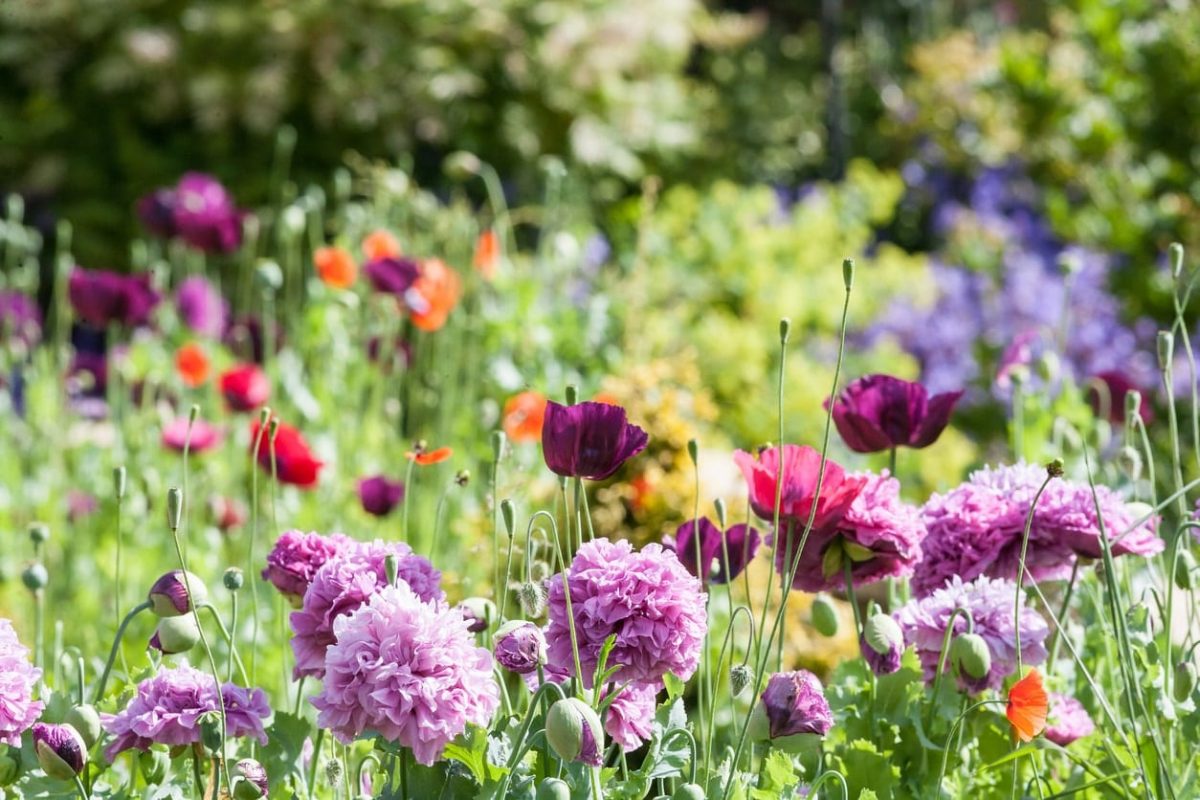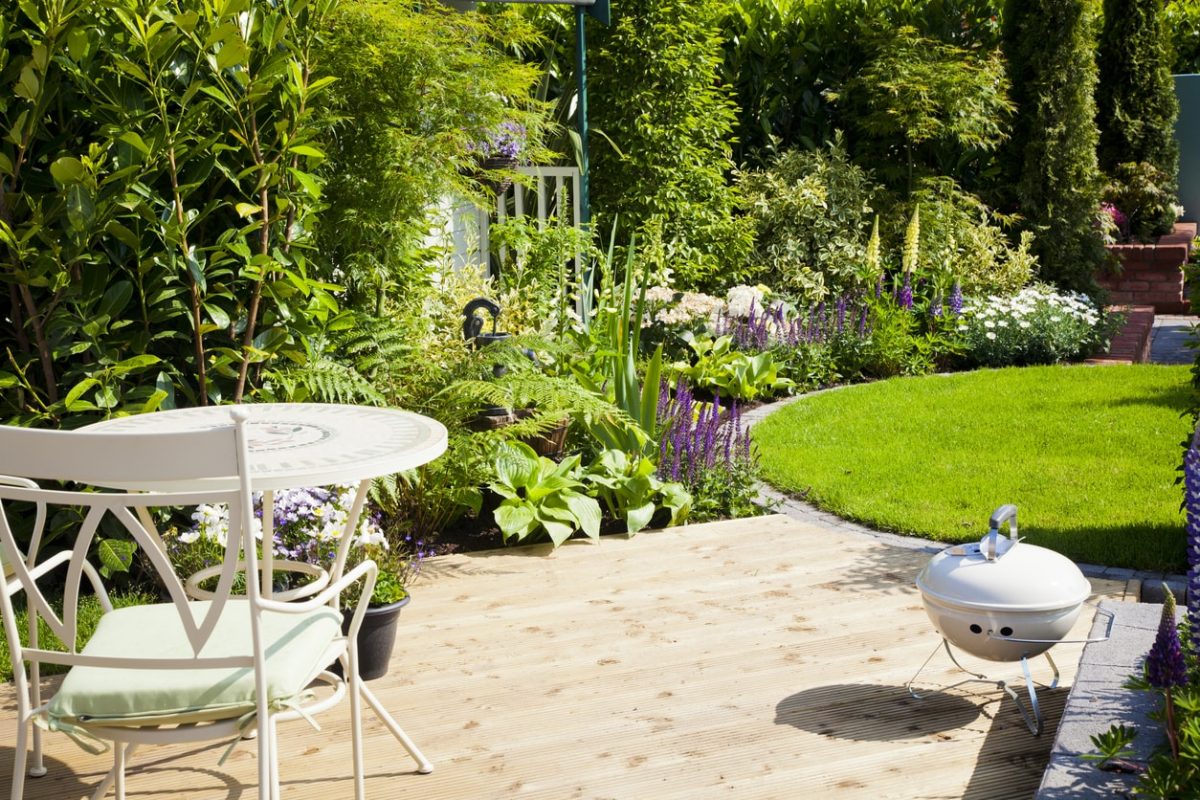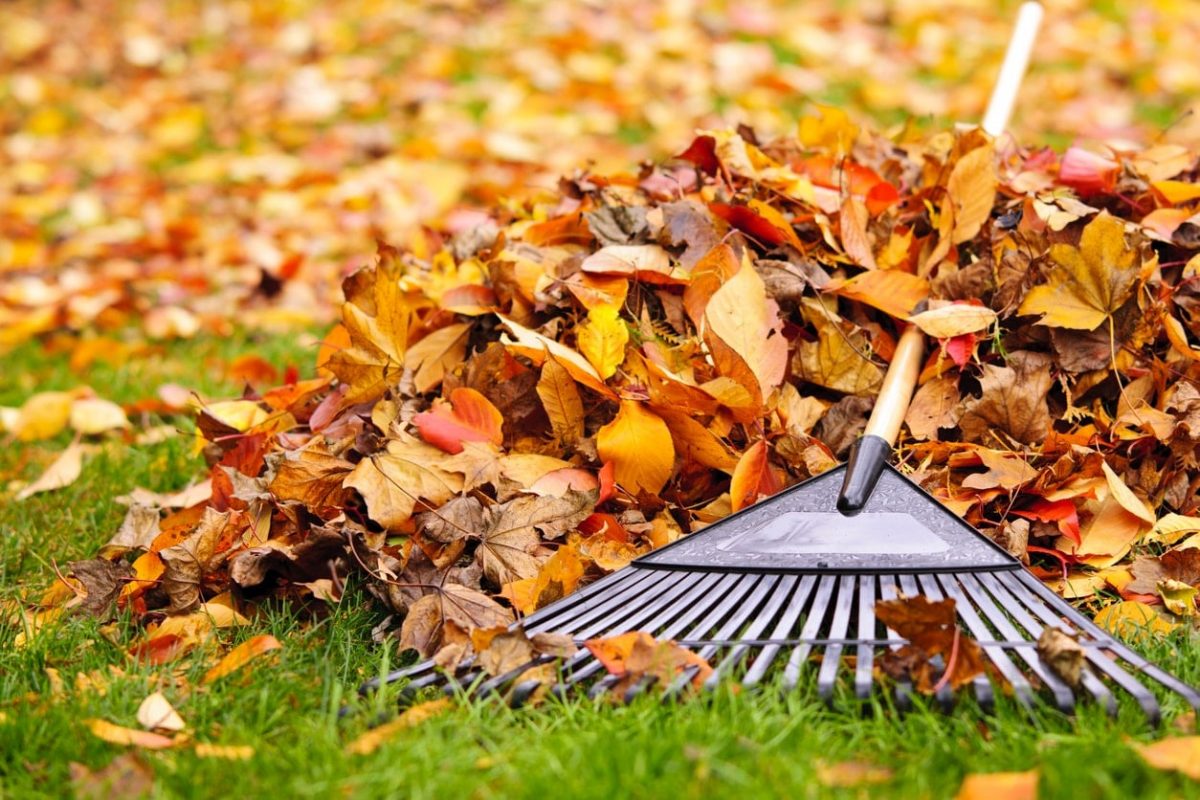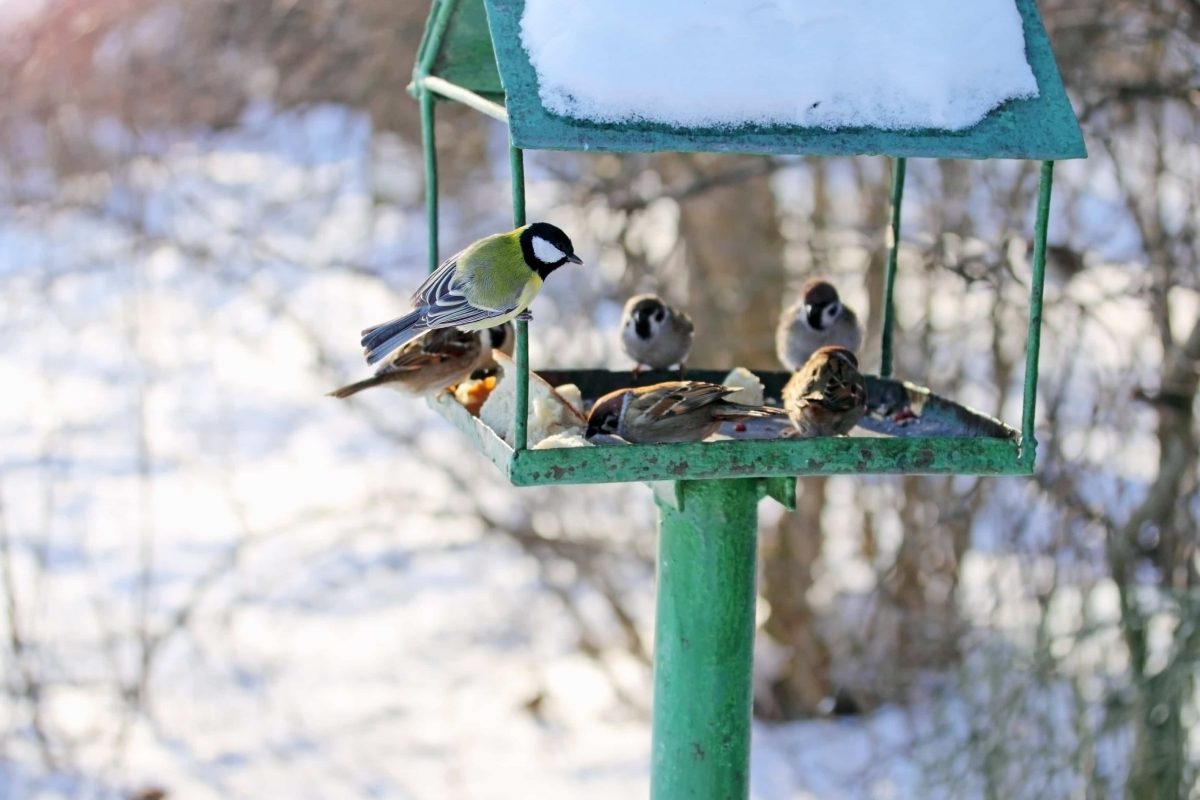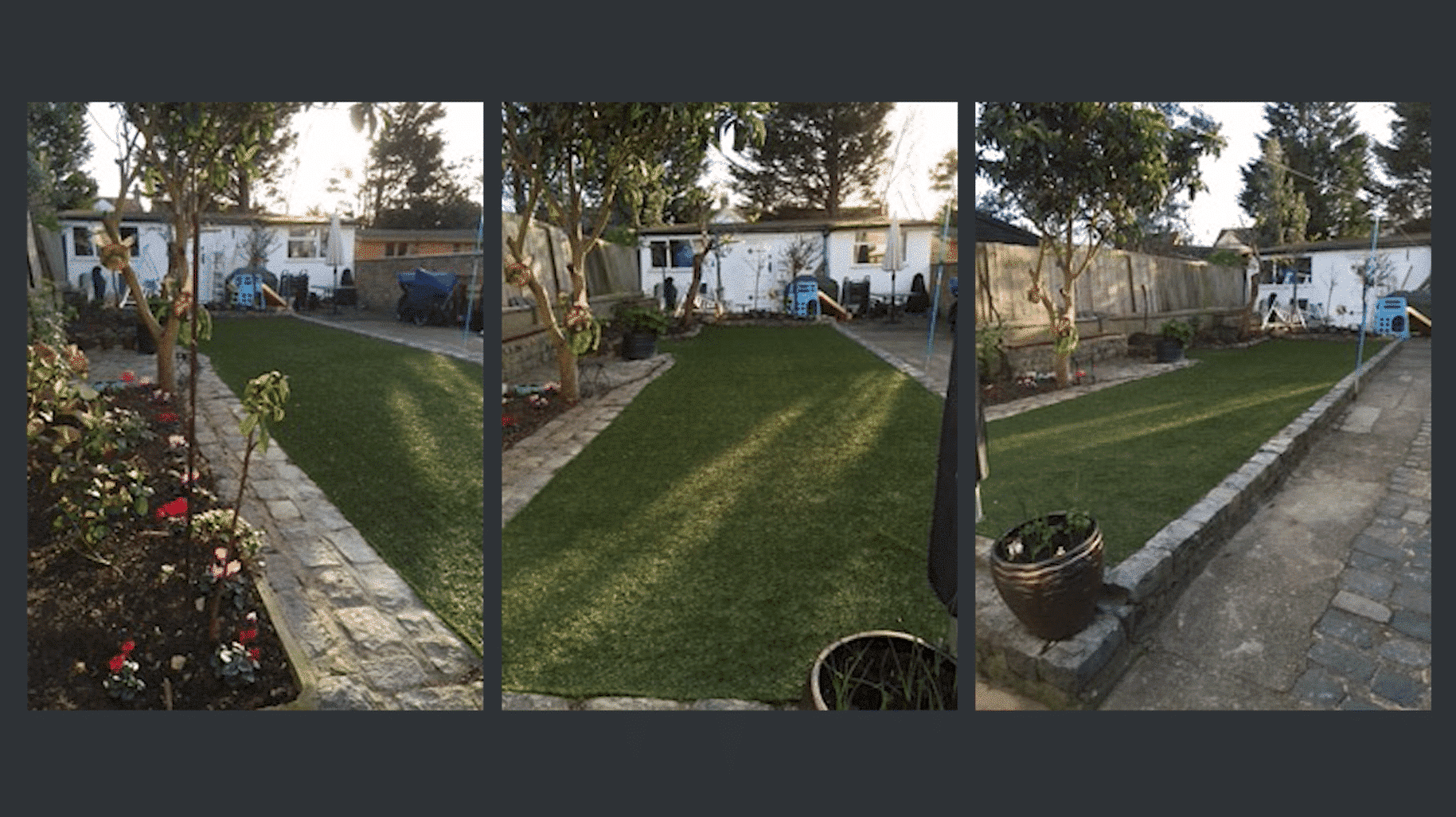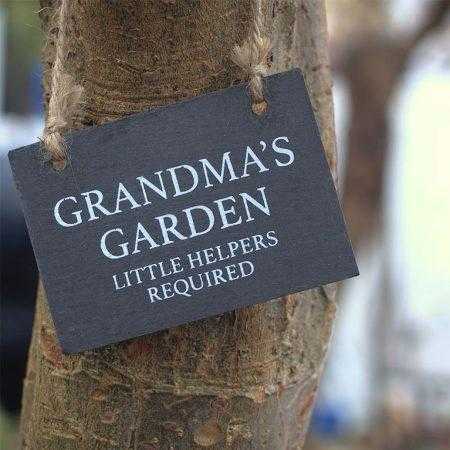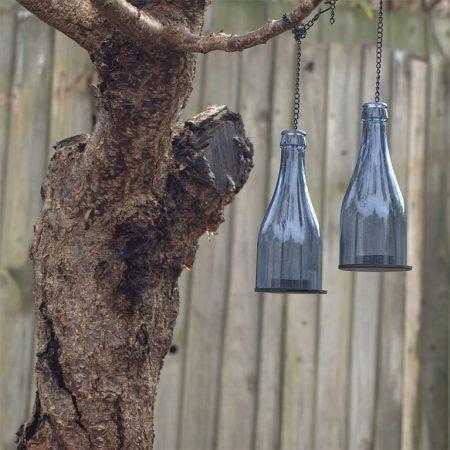
How to Care for Your Artificial Grass this Winter
Winter has well and truly arrived! With the dark nights drawing in and frosty mornings becoming commonplace, December through to February can be a quiet time for your garden. With winter also comes the inevitable icy and maybe even snowy weather conditions – and you might be concerned about how this cold weather might affect your artificial grass in winter time.
Well, you can be reassured that maintenance of your synthetic lawn is simple all year round. However, in the winter period, you may find that your grass may become slippery in wet weather conditions and the blades might freeze in sub-zero temperatures (just as you might expect with natural grass).
So how should you look after your artificial grass throughout these winter months?
Q: Can my artificial grass be damaged by snow or frost?
A: You can be reassured that artificial grass is resilient, much more resilient than a natural lawn grass, and will tolerate more extreme weather conditions. The grass blades will certainly stiffen if it’s frosty, which makes the grass less pleasant to walk on. In a heavy freeze, you may cause some damage if you walk on them, so ideally, it’s better to allow the snow to melt and drain away.
Q: What do I do if my lawn is snow covered?
A: A thin covering of snow is fine to walk or play on but be careful not to let it build up too much, as the snow can become compacted and turn into ice, potentially breaking the fibres of your artificial grass.
We also don’t recommend using salt to melt ice and snow as this can clog the drainage elements of your grass. Remove as much snow as you can with a plastic shovel – avoid using metal as that could damage the grass. Take as much care when it melts as the grass can become slippery.
When walked upon, snow can get compacted and form a layer in your artificial grass. Take as much care, because this is really slippery to walk on and again, the drainage capacity of your lawn might deteriorate. In case this happens, we recommend you to remove the layer by hand to avoid damage.
Your grass may be flattened after the snow has fallen, but it’ll bounce back, and you can always help it along with a stiff yard brush.
Q: Do I need to do anything when it’s raining, or flooding?
A: Artificial grass stands up well against lots of rain and will even be ok if temporarily submerged underwater. Prolonged water-logging may cause mould, so we strongly recommend that your grass is installed correctly and by a professional so that the chance of possible waterlogging is kept to a minimum.
Regular maintenance
While artificial grass does not need the same amount of maintenance as a natural lawn, basic regular maintenance throughout the year will make sure your artificial grass is in good shape, ready for the harsher weather.
It’s essential to keep on top of any leaves or debris on the fake lawn because if it is left unchecked, they can block the all-important drainage holes in your artificial grass and water may start collecting on the surface of the lawn.
This can give rise to weeds in artificial grass and maybe moss and mould growth. A good broom/brush or even a blower will remove leaves or debris to solve this problem. Do not use a metal rake on the lawn as this will pull up the artificial lawn.
Please don’t hesitate to contact a member of our team to discuss any aspect of artificial lawn care.


